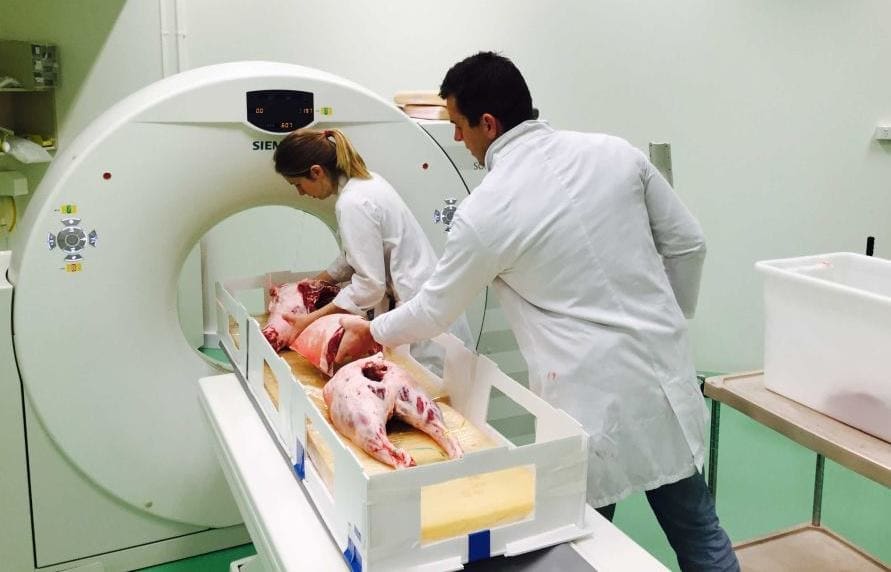MURDOCH University has been selected by the Federal Government to lead a new project delivering next-generation technology to meat processors and their customers across the country, which promises to revolutionise Australia’s $12 billion red meat industry.
A collaboration involving industry partners will be led by researchers at Murdoch, with Meat and Livestock Australia as the lead rural research funding provider.
MLA, Australian Pork Ltd and Australian Meat Processor Corporation, along with meat processors Teys Australia, JBS Australia and Australia Country Choice will all contribute funding to the research.
X-ray technology developed at Murdoch and the latest hyperspectral and 3D digital imaging will move the industry to a true value system of accurate measurement and improved quality.
Dr Graham Gardner, Associate Professor at the School of Veterinary and Life Sciences, has been chosen to lead the $11.5 million project.
“This project will transform the industry’s competitiveness by creating a feedback and decision making system underpinned by accurate measurement,” Dr Gardner said.
“Producers, processors and retailers will all benefit from the new technology. This will lead to lower commercial risk, improved meat quality and increased profits.”
The Federal Government’s Rural Research and Development for Profit program has committed $4.8m in funding. Industry partners, including MLA, will contribute the remainder of the $11.5m project cost.
Dr Gardner believes the investment is collectively worth a potential $100m in efficiency savings to the meat supply industry once the new technology is applied.
The project has a very clear aim of implementing accuracy and efficiency throughout the entire meat supply chain.
Currently slaughter cattle and sheep are sold based on their weight and some quality indicators, not the quantity of meat they provide.
Dr Gardner and his Murdoch research team have developed a system which uses the latest technology to extract maximum value for producers, processors, retailers and consumers.
He has developed a dual x-ray absorptiometer (DEXA), which uses x-rays to accurately measure and differentiate meat from fat and bone. Greater accuracy will lead to higher profitability, as producers will be paid for the meat they deliver.
The funding will pay for the implementation of this technology across the meat supply chain.
Processors will benefit from production improvements, with accurate data ensuring maximum processing efficiency and less waste.
Measurement technologies will also predict eating quality, ensuring retailers can provide greater consistency of quality to consumers.
The project supports Murdoch’s research focus on Food Security, which aims to provide solutions to global challenges.
The project is now underway and Dr Gardner and his team are working to implement next generation technology across Australia’s meat supply chain.
Source: Murdoch University





So does that mean that MSA wasn’t the silver bullet it was made out to be ?
Thanks for the explanation.
Easy to understand how this technology can improve accuracy assessment of composition and red meat yield……………..but how will it “improve quality”………as stated?
Thanks for your comment, Paul. Our assumption is that Murdoch Uni’s statement is suggesting that greater and more objective carcase assessment for quality traits, and well as yield traits, will lead to quicker genetic progress in livestock for commercially-significant features like marbling. Editor